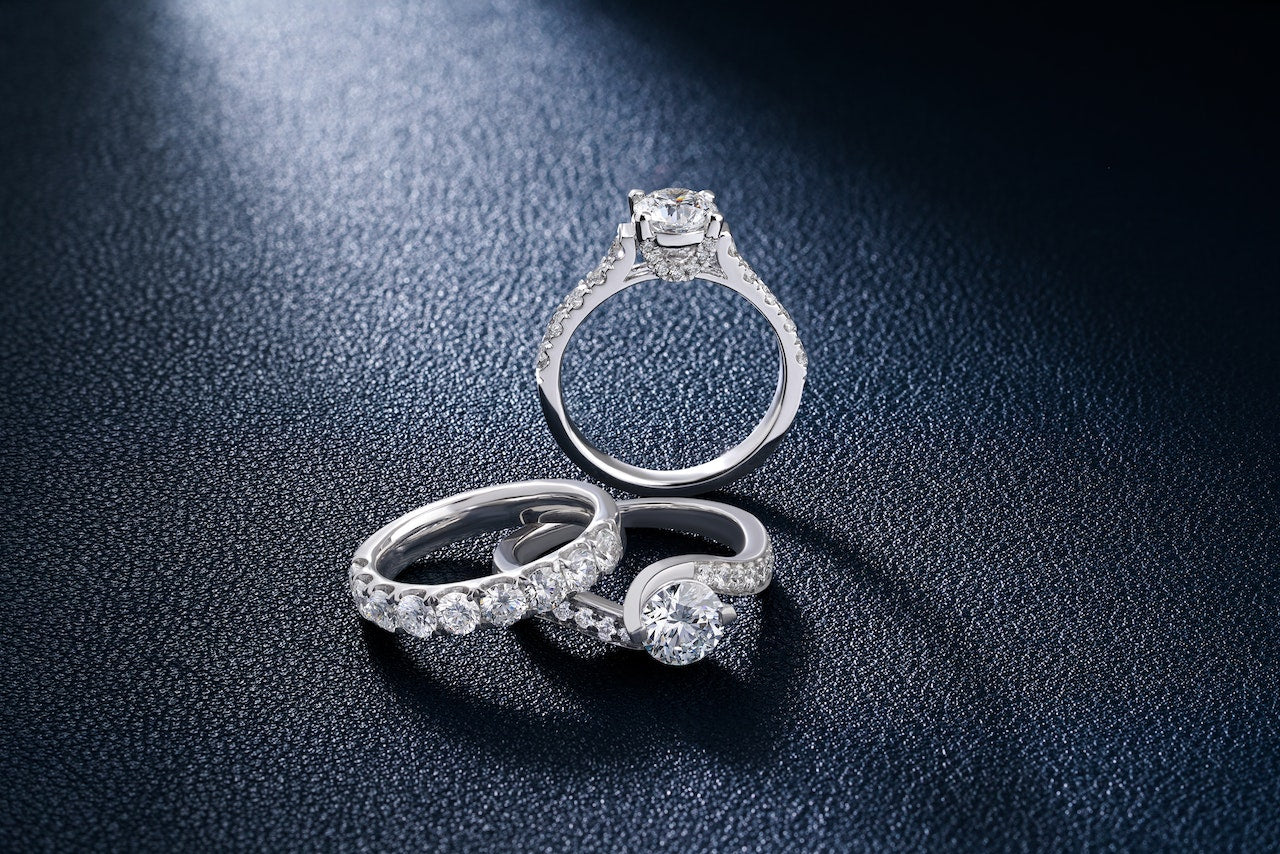Sparkling Sustainability: The Rise of Lab Grown Engagement Rings
In a world where sustainability is becoming increasingly paramount, the jewelry industry is no exception. Traditional diamond mining comes with ethical and environmental concerns, prompting a shift towards more ethical alternatives. Among these alternatives, lab grown engagement rings are emerging as a popular choice for conscientious couples. This article delves into the trend of lab-grown engagement rings, exploring their benefits, popularity, and impact on the jewelry market.
The Rise of Lab-Grown Diamonds
Lab-grown diamonds, also known as synthetic or cultured diamonds, are created in controlled environments that mimic the natural process of diamond formation. Using advanced technology, scientists are able to replicate the conditions under which diamonds are formed deep within the Earth’s mantle. The result is a diamond that is chemically, physically, and optically identical to its mined counterpart.
Environmental Benefits
One of the primary advantages of lab-grown diamonds is their minimal environmental impact. Unlike traditional diamond mining, which involves extensive land excavation and can lead to habitat destruction and soil erosion, lab-grown diamonds require significantly fewer resources. By eliminating the need for large-scale mining operations, these diamonds help reduce carbon emissions and preserve natural ecosystems.
Ethical Considerations
Beyond their environmental benefits, lab-grown diamonds also address ethical concerns associated with traditional diamond mining. In many diamond-producing regions, such as parts of Africa, mining operations have been linked to human rights abuses, including forced labor and conflict financing. By opting for lab-grown diamonds, consumers can ensure that their purchase is not contributing to these unethical practices.
Quality and Value
In addition to their ethical and environmental advantages, lab created diamonds offer excellent quality and value. Contrary to misconceptions, lab-grown diamonds are indistinguishable from natural diamonds to the naked eye. They possess the same brilliance, clarity, and durability, making them a desirable choice for engagement rings. Furthermore, lab-grown diamonds are typically priced lower than their mined counterparts, allowing couples to invest in a high-quality diamond without breaking the bank.
The Popularity of Lab-Grown Engagement Rings
As awareness of the environmental and ethical implications of traditional diamond mining grows, so does the popularity of lab grown engagement rings. Millennials, in particular, are driving this trend, as they prioritize sustainability and ethical consumption in their purchasing decisions. According to a study by MVI Marketing, nearly 70% of millennials said they would consider purchasing a lab-grown diamond for an engagement ring.
Celebrity Endorsements
The rise of lab-grown engagement rings is further fueled by celebrity endorsements and media attention. High-profile figures, including actors, musicians, and influencers, have been vocal about their preference for lab-grown diamonds, sparking public interest and acceptance. This mainstream visibility has helped destigmatize lab-grown diamonds and position them as a chic and socially responsible choice.
Customization and Innovation
Another factor contributing to the popularity of lab-grown engagement rings is the flexibility and innovation they offer. Unlike natural diamonds, which are limited by availability and size, lab-grown diamonds can be produced in various shapes, sizes, and colors. This versatility allows couples to create unique and personalized engagement rings that reflect their style and personality. Additionally, advancements in technology continue to improve the quality and affordability of lab-grown diamonds, making them an increasingly attractive option for consumers.
Impact on the Jewelry Market
The growing demand for lab-grown engagement rings is reshaping the jewelry market and prompting industry-wide changes. Established jewelry brands, such as Tiffany & Co. and De Beers, have introduced their own lines of lab-grown diamonds to cater to shifting consumer preferences. Meanwhile, a new wave of direct-to-consumer brands specializing in lab-grown diamonds has emerged, offering transparency, affordability, and customizable options.
Market Expansion
The rise of lab-grown engagement rings is expanding the overall diamond market by attracting new demographics and driving sales growth. According to a report by Bain & Company, sales of lab-grown diamonds are projected to reach $15 billion by 2035, accounting for up to 30% of the total diamond market. This growth indicates a fundamental shift in consumer behavior towards more sustainable and ethical purchasing choices.
Regulatory Considerations
As lab-grown diamonds gain traction in the market, regulators are faced with the challenge of ensuring transparency and accountability in the industry. Standards and certifications, such as the International Gemological Institute (IGI) certification, help consumers differentiate between natural and lab-grown diamonds and verify their origins. However, ongoing efforts are needed to establish clear guidelines and regulations governing the lab-grown diamond industry to maintain consumer trust and confidence.
Conclusion
Lab Grown Engagement Rings represent a sustainable, ethical, and stylish alternative to traditional mined diamonds. With their minimal environmental impact, ethical sourcing, and excellent quality, lab-grown diamonds are gaining popularity among conscientious consumers, reshaping the jewelry market, and driving positive change. As awareness grows and technology advances, lab-grown diamonds are poised to become the diamond of choice for the modern couple, symbolizing love, commitment, and sustainability.




